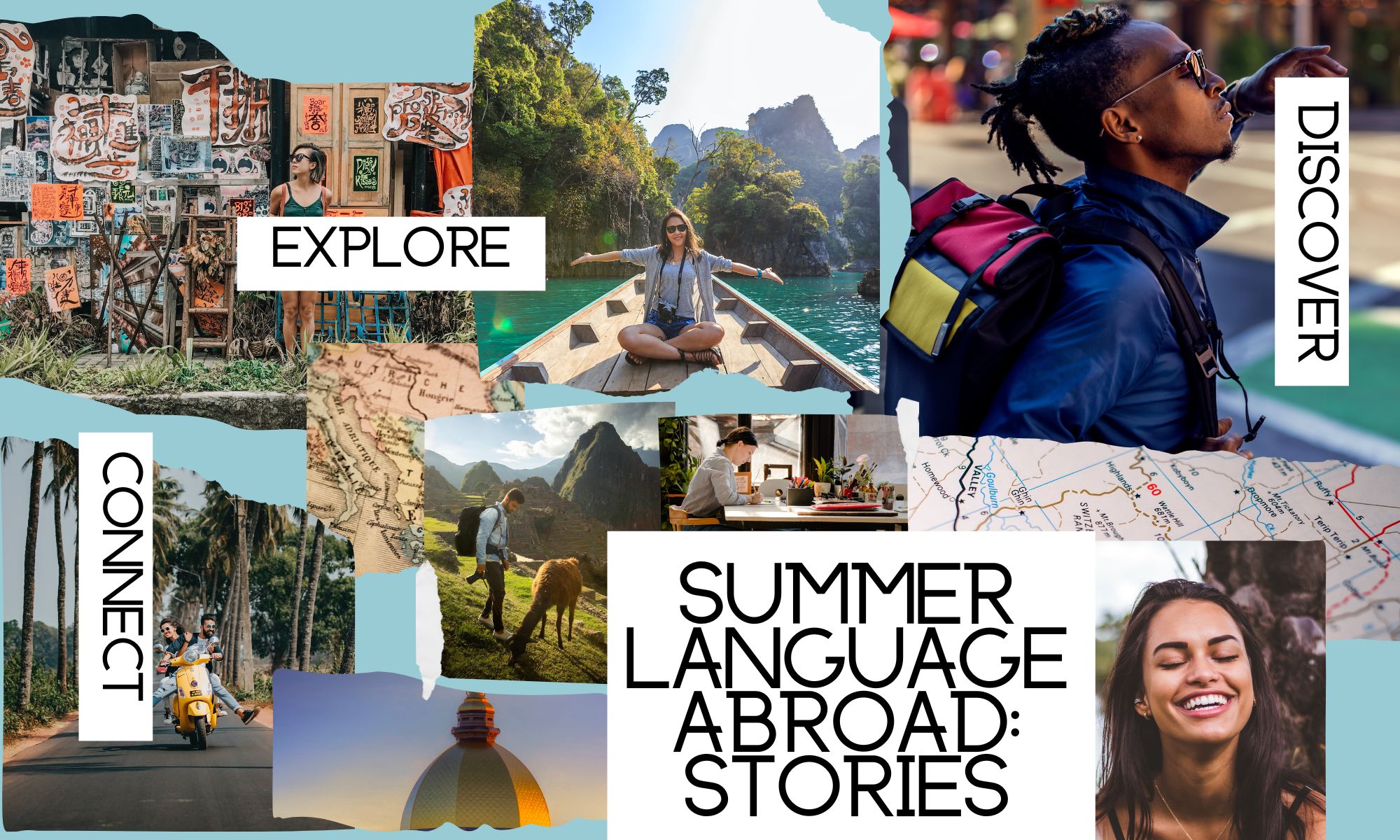
After finishing my SLA grant, I quickly flew from Cuenca to Ecuador’s capital Quito to begin an independent research project through the Kellogg Institute. This would be my greatest test of Spanish thus far, as my project proposal necessitated conversations about immigration policy – I would have to trust that I was ready to navigate the complex themes and emotions that would arise because of these conversations. Although nervous, I was ready to take the training wheels off of my immersive experience: I would be alone in Quito, without the support of Notre Dame, my Cuenca Spanish school, or my host family.
My routine for gathering responses was simple: Go to local businesses, check to make sure they are not busy, and ask the staff if they would like to participate in my project. I would explain the logistics of the project, answer any questions, and ask if they were interested. While they completed the survey, I would read my most recent purchase from my favorite bookstore in Quito and stick around to field any additional questions. As I worked towards my goal of 60 responses, I became more confident and assertive in this setting. I had never recruited participants for a study in the US, let alone in a different country in my target language, but I became increasingly comfortable as I ticked closer to the magic number of 60. As I collected more and more responses, I would occasionally have casual conversations with the respondents once they were finished – talking about American visa and immigration policies, and their personal experiences with immigrants or trying to immigrate, among other things. These conversations frequently concluded with compliments on my Spanish, followed by a compliment I still don’t think I deserved: I spoke Spanish with the accent and cadence of Ecuadorians in the Sierra. Much to my surprise, many I spoke with were not shocked that I had learned the bulk of my Spanish in Cuenca as I attempted to mirror their sing-song style of speaking.
As I allowed these interactions to marinate in my brain while walking between survey collections, I realized that my SLA experience gave me something that I didn’t know I was looking for: I got a second chance at the things I struggled with during my gap year and first experience in Ecuador. I entered my first stay in Paute with no Spanish background. A Latin student in high school, I figured that when immersed, learning a language can’t be that difficult, right?
Wrong. I never progressed passed the speaking and interpretation skills of a small child, and only felt completely comfortable speaking with my host family, as they had spent so much time with me that they knew how to communicate most effectively. While proud of my progress during my gap year, I was always frustrated that my peers seemed to progress with their Spanish much faster than me, and I struggled with having so many thoughts and feelings but being unable to express anything more complicated than “happy” or “tired”.
While collecting data for my project, I realized that I had accomplished what I set out to do in 2019. After an arduous and formative gap year experience, many semesters of Spanish classes at Notre Dame, and a 6-week stay in El Salvador working as a non-profit consultant, I had finally done it. “Fluency” is an elusive and difficult-to-define concept, but this was the closest I had ever felt to fluent. No longer anxious about striking up conversations with strangers for fear of encountering unknown vocab, my thoughts no longer outpaced my language skills and I began to truly express myself in Spanish, and I even began to develop somewhat of an Ecuadorian accent.
I felt like I could finally be me in a different language. Interestingly enough, I also learned that “me” in Spanish was different than in English. I was much more extroverted, my body language became more animated and expressive, and I began to feel at home in this once strange and foreign place.
I had begun this journey of Spanish proficiency and Ecuadorian immersion before I enrolled at Notre Dame, unsure as to whether or not I could continue once I began College. Grateful for the experience provided by the SLA grant, I was able to reconnect with my family authentically, and I know that the door is always open for me in Paute, a second home to me. I don’t know when I will be able to return next, but I know that Ecuador, Paute, and my family will forever be a part of my life.

